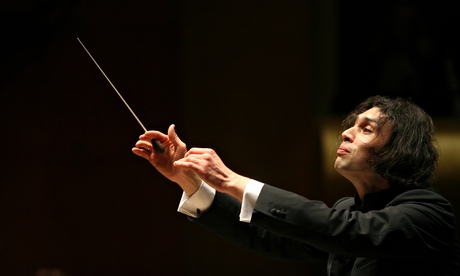
During the long and somewhat discursive speech with which he introduced the opening concert of the London Philharmonic’s 2014-15 season, the principal conductor, Vladimir Jurowski, welcomed the appointment of Finnish composer Magnus Lindberg as the orchestra’s composer-in-residence. Appropriately, the programme began with a piece by Lindberg in the shape of the eight-minute Chorale from 2002.
The chorale of the title is Bach’s searching harmonisation of the Lutheran hymn “Es ist genug”, famously quoted by Berg in his Violin Concerto. Lindberg’s setting is denser and more emphatic than Berg’s luminously pared-down version, but effectively done all the same. It felt little more than a taster of what audiences will be able to hear later on in the season, when Lindberg will unveil two major new works.
More substantial was Prokofiev’s Third Piano Concerto with soloist Jean-Efflam Bavouzet. This proved to be an extraordinarily accomplished performance. Often, the sheer brilliance of Prokofiev’s virtuosic piano writing is deemed challenge enough for any mere 10-fingered exponent, without having to worry about niceties of interpretation. For Bavouzet, however, the notes were merely the beginning. Finely nuanced in touch and tone, his performance demonstrated the delicacy as well as the mechanised energy of the young Russian composer’s dazzling talent, while his two encores, by Debussy and Massenet, offered further evidence of his subtle colouristic range and flawless dexterity.
Jurowski revealed equivalent skills on the vast canvas of Shostakovich’s wartime Eighth Symphony, which came after the interval. Exploring the full range of the writing, the maestro inspired extraordinary tonal depth and colour that did all the individual sections of the orchestra considerable credit as they followed his lead in drawing out the work’s gargantuan trajectory.

